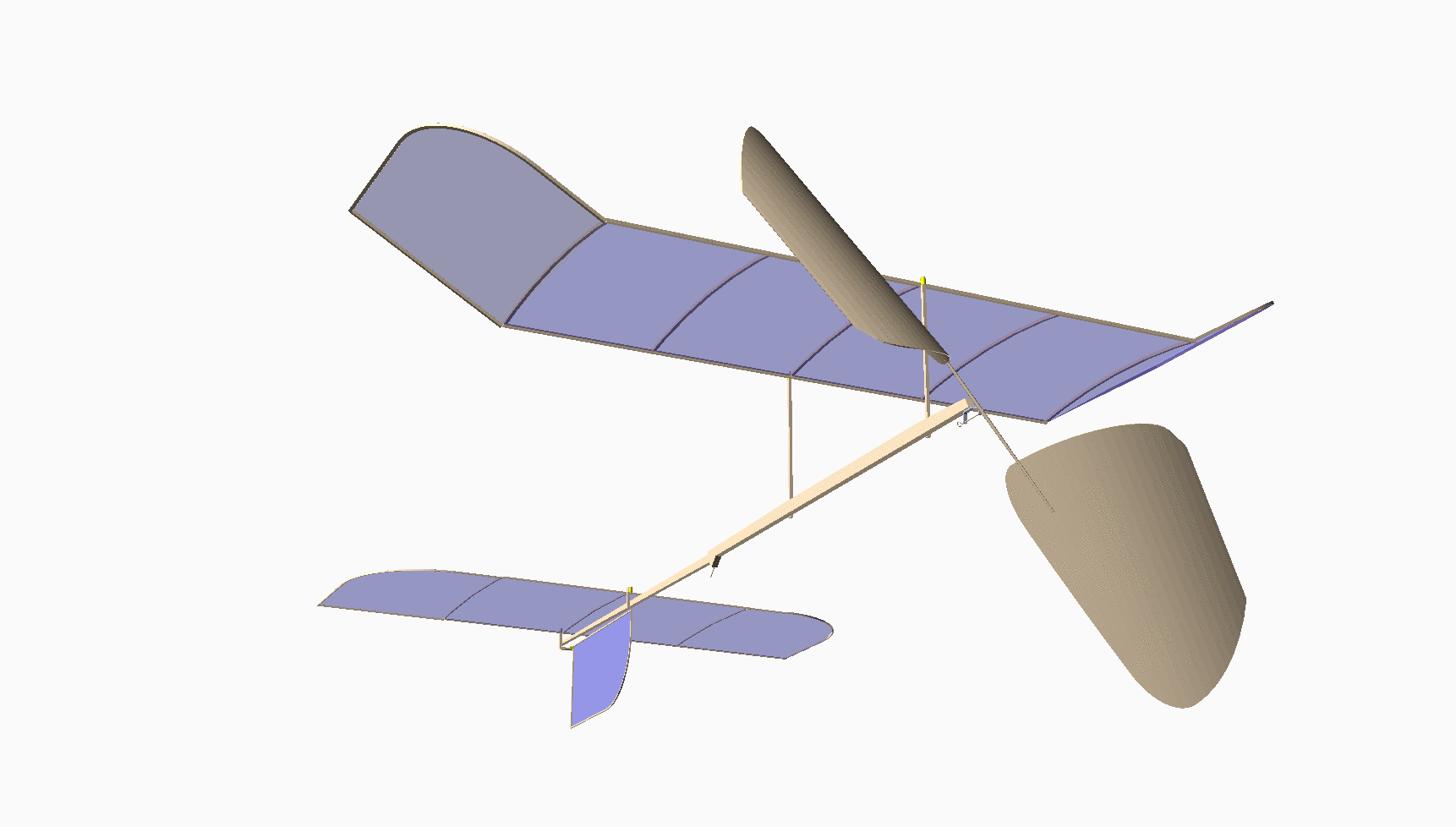Lecture Outline#
Websites#
Roie Black: https://www.co-pylit.org
Blog and course notes
Web notes: https://rblack42.github.io/CFD-lecture
(* indicates picture, + indicates physical example)
How did you get here?
Grow up in the Smithsonian (Wright Flyer 1944 *)
First airplane a ride 1951 (Connie *)
Human Flight
Build something and jump off a cliff
DaVinci Ornithopter (*)
Models are safer
Indoor models (*)
Serious wind tunnel models (*)
Another way? The Numerical Wind Tunnel
The Math of Flight
Gottfried Leibniz calculus (1684)
Isaac Newton laws of motion (1687)
Taylor Series (1715)
finite differences
Rankine laws of thermodynamics (1850)
Claude-Louis Navier (1822) and George Stokes (1850)
Add in gas laws
Then find a way to solve them
lop off terms to make them easier
Potential flow - we could figure out airfoils!
We need a better way!
Basic Computers
Abacus (200BC) (*,+)
Mechanical calculating machines
Da Vinci drawing (1502)
Blaise Pascal’s Pascaline (1642 +)
Babbage Engine (1822 *)
Ada Agusta Lovelace invented programming (1843)
Jacquard Loom punched cards (1804)
Curta Calculator (1938 in Buchenwald Prison Camp *,+)
replaced my slide rule (+)
World War II
Harvard Mark 1 (1944) (+ book)
Grace Hopper programmed it
John Von Neumanm describes a computer architecture (1945) (*)
ENIAC (1945) (*.+)
Mainframe Era 1945-1971
IBM 360 (1964) (*)
powered Va Tech
six at Johnson Space Center for Apollo
Shockley’s Transistor ( (1956) (*,+)
Supercomputers
CDC-6600 (1964) first “supercomputer” (*)
Powered early CFD work (my PNS code)
ILLIAC IV at NASA Ames (*)
First parallel machine
Serious Supercomputers
Cray-1 (1973) (*,+)
first vector machine 64 numbers high!
Programmed in assembly language initially!
Integrated Circuits
Intel 4004 (1971) (*)
designed for calculators (4-bits)
Intel 8080
first home computers
KIM-1 board (*)
used as a trainer for Cray programming!
Shrinking Chips
8086 16-bit machine
powered first IBM PCs
now at 3nm - 10-80 thousand times smaller than hair (+)
IBM logo (1989) (*)
Hitting the Wall
Intel “dual core” chip (1993) (*,+) 10 Multi-Core Supercomputers
Cray 2 (1985) 4 processors reached 1.9 GFLOPS! (*)
Beowulf Clusters (+)
small PCs on a network (NASA 1998)
limited by network speed (Grace Hopper’s wire)
Clustered Supercomputers
Connection Machine - 65536 microprocessors (*)
GPU Development
Thank gamers for this
GPU on a chip
Today’s machines
NCAR Cheyenne 145000 Intel Xeon processors) (*)
DOE Frontier (8699905 AMD chips) (*)
Custom Chips
FPGA
CFD Engines?
AI Powered or designed?
Adaptive machines
CFD Today
Early work in limited memory trained us to break problem up
training for parallel machines
Start small, then build up
axisymmetric flow - to full 3D
MacCormack’s Predictor-Corrector
Beam-Warming for better (more stable) solutions
Use Symbolic Math
I validated Beam-Warming code using Macsyma at MIT
Parallel Programming
Think your code through
Use libraries like MPI to move data between machines
Let advanced compilers help (Modern Fortran)
Baby Clusters
Raspberry Pi cluster - Cheap!
